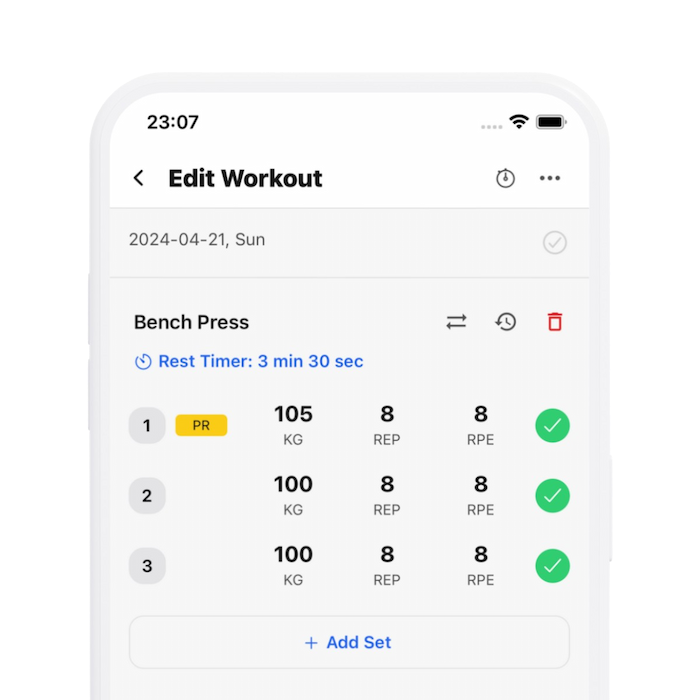30 Seconds SummaryBeast Mode or Wimp Mode: Do You Need a Deload?
- Deload periods are planned recovery phases where volume is reduced through decreased loads, sets, or reps to prevent injuries, allow for CNS and muscle recovery, and give a psychological break.
- Regular deloads help maintain strength progression, keep training sustainable, and prevent burnout or chronic over-reaching.
- Deload can make you mentally sharper, refresh you, and restore motivation to return to intense training with enthusiasm.
- Ideal deload involves reducing weights by 25-50% and adjusting sets and reps accordingly, aiming for a reduced yet still structured workout regime.
- Skipping deload might seem appealing to those who aim to maximize each session's intensity, but it can hinder long-term strength, physique goals, and overall health.
- General guideline suggests deloading every four to ten weeks, depending on individual factors like training intensity, goals, calorie intake, and lifestyle stresses.
- Tailoring deload frequency and style can optimize performance and recovery, for example, more frequent deloads for intense strength training or competitive scenarios.
- Deload should not involve drastic changes in exercise type or increased workout volume but should focus on recovery without completely abandoning training basics.
- Reducing calorie intake during a deload week might not be necessary as training typically does not constitute the majority of daily calorie expenditure.
- While some disregard deloads and still achieve good results, for most, regular deloads are crucial for injury prevention, sustained progress, and long-term health.
Biolayne
Mike Samuels
